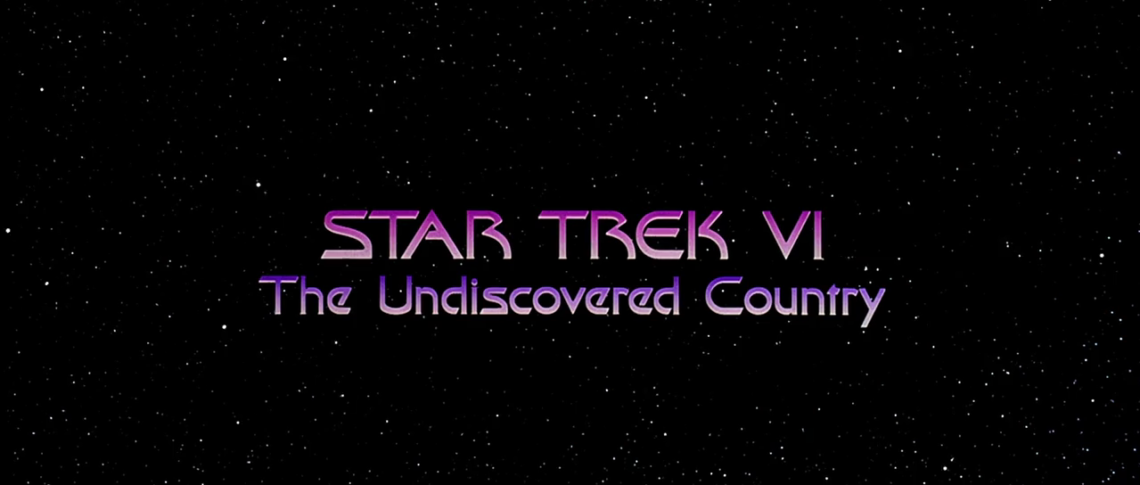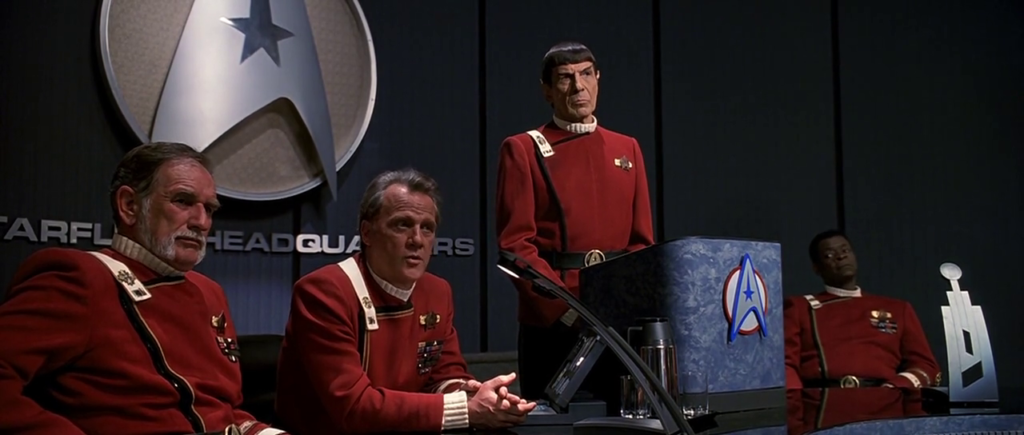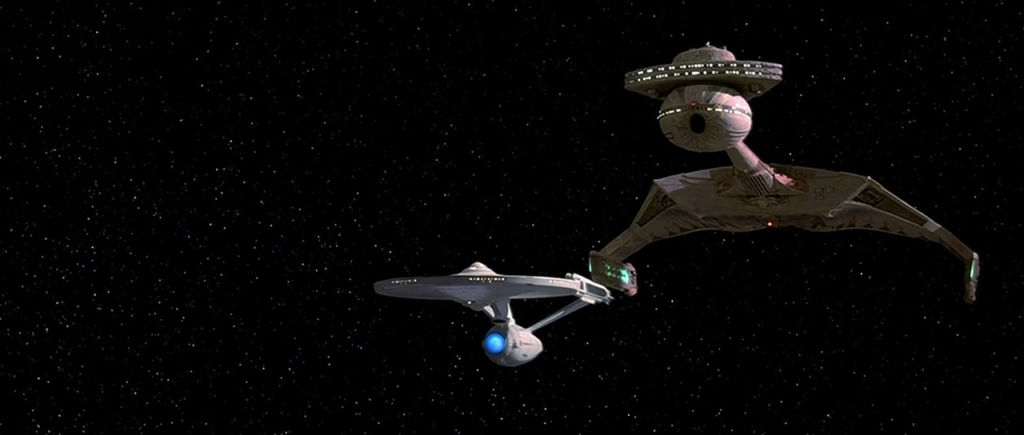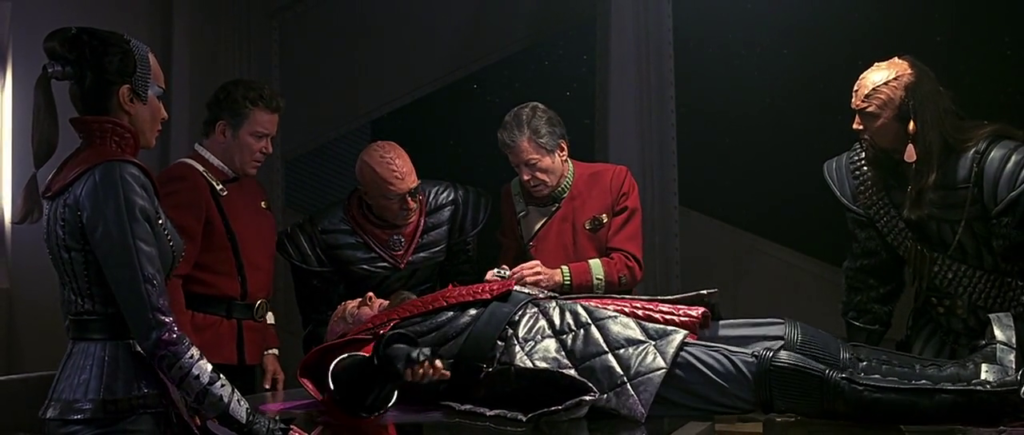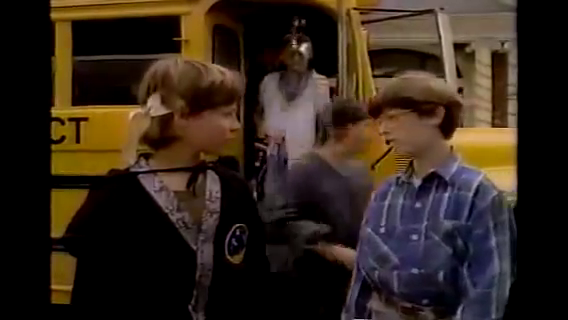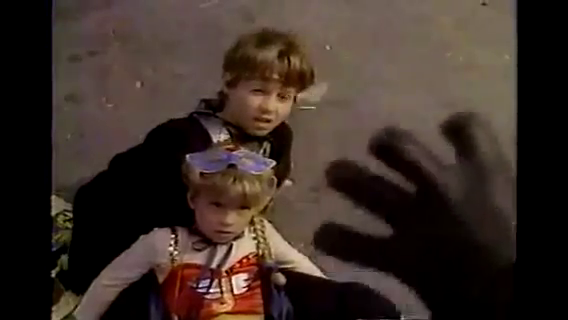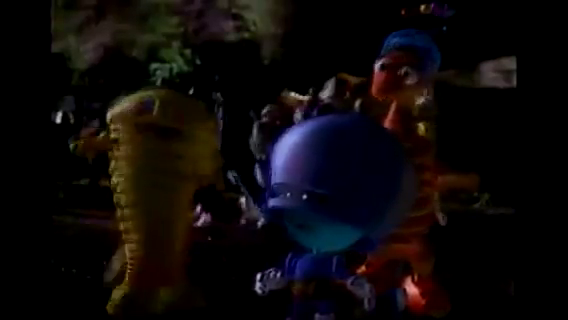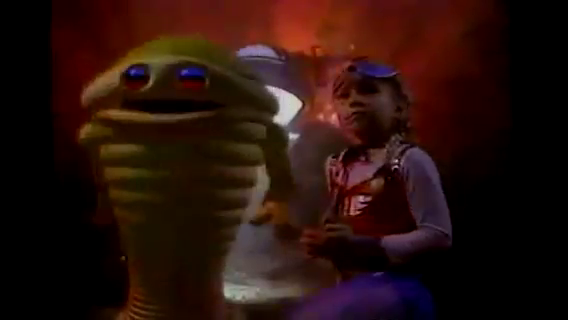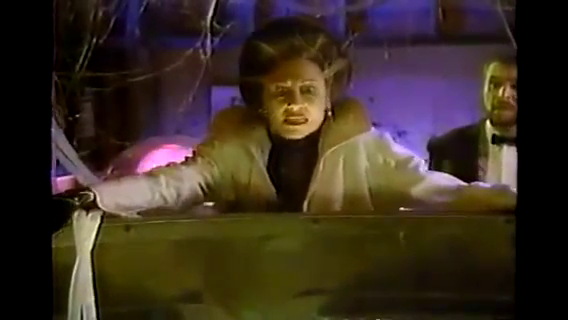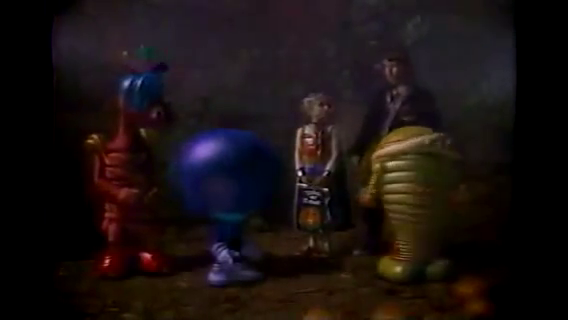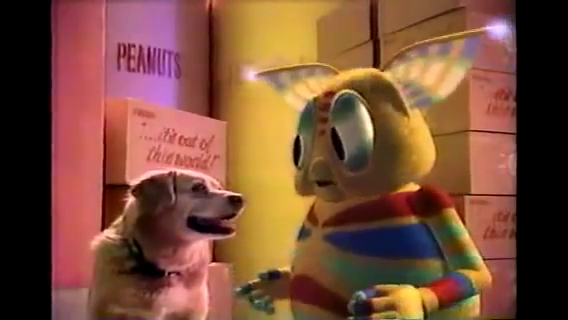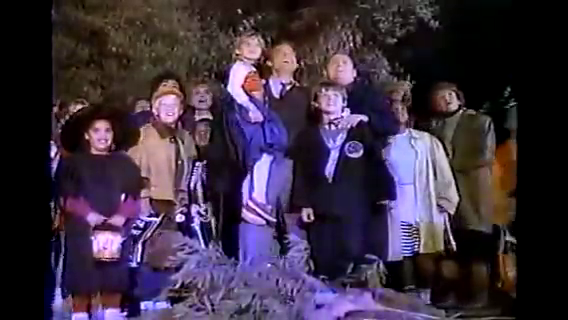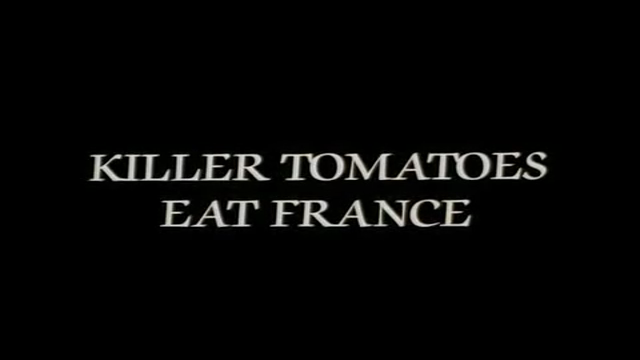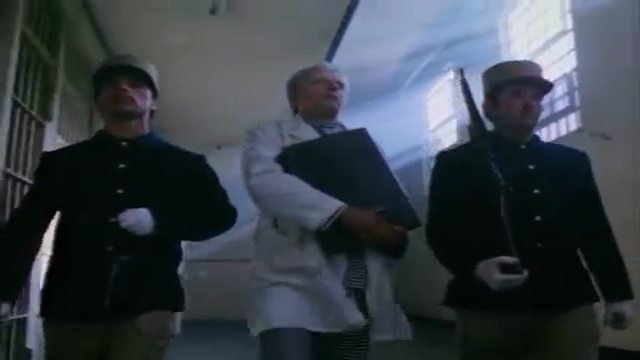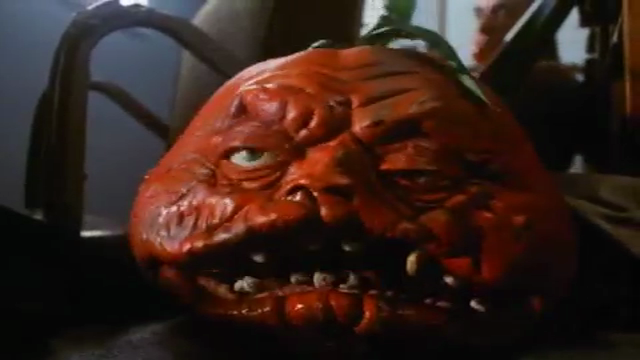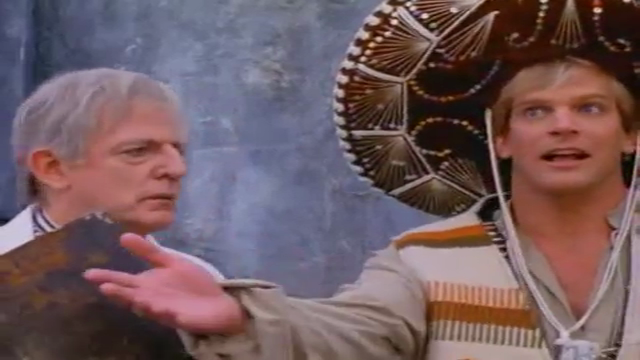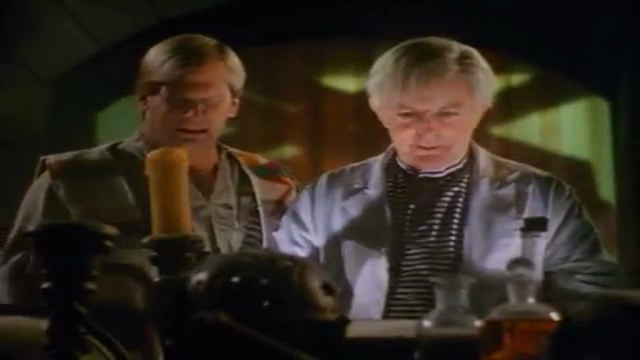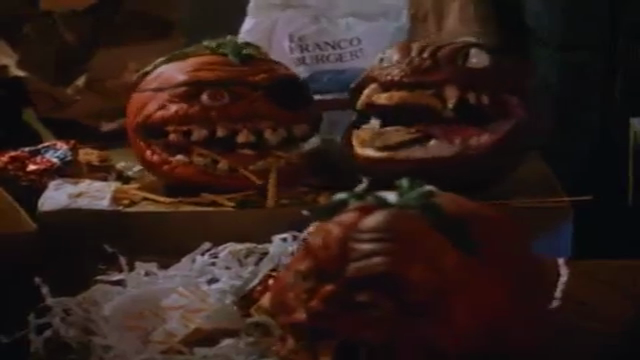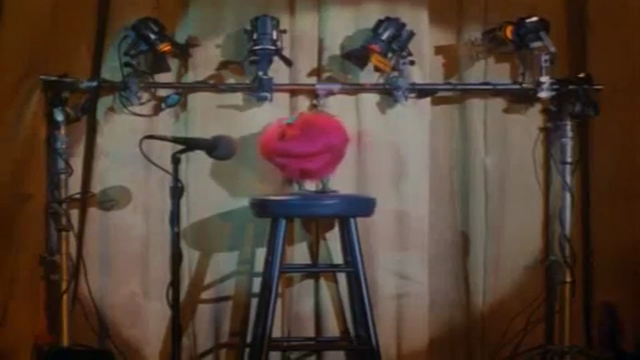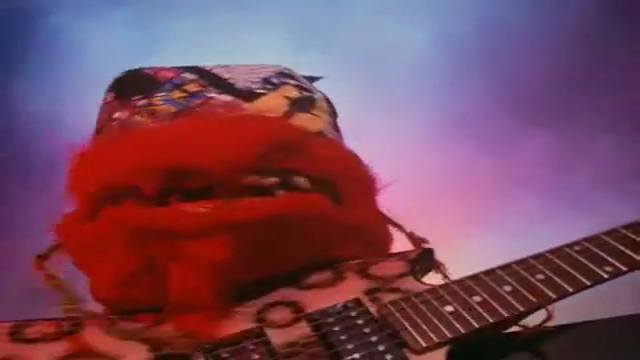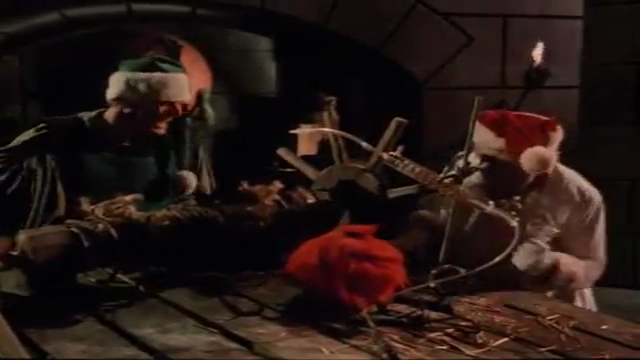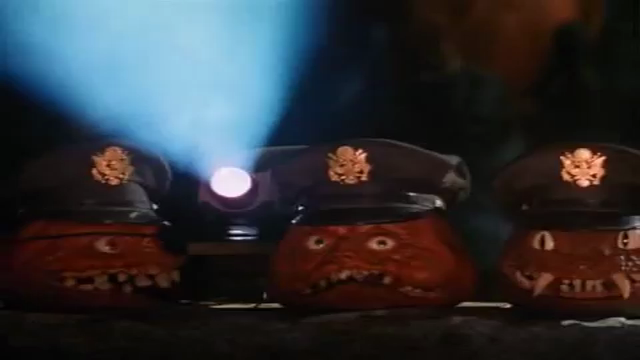-
#477 – Star Trek VI: The Undiscovered Country (1991)
Star Trek VI: The Undiscovered Country (1991)
Film review #477
Director: Nicholas Meyer
SYNOPSIS: Following an explosion on the Klingon moon of Praxis, the Federation and Klingon Empire move for peace talks. This sits uncomfortably with many people on both sides, including Captain Kirk himself, who still blames the Klingons for the death of his son. Kirk and the Enterprise are sent to meet the Klingon chancellor Gorkon to escort him to the peace conference, but Gorkon is assassinated, and all the evidence points to someone onboard the Enterprise is responsible. Kirk and Dr. McCoy are sentenced to hard labour, and Spock and the rest of the crew must find evidence to exonerate them and rescue their captain before full scale war breaks out between the Federation and the Klingon Empire.
THOUGHTS/ANALYSIS: Star Trek VI: The Undiscovered Country is a 1991 sci-fi film, and the sixth and final film featuring the cast of the original TV series. The film opens up with now Captain Sulu on the U.S.S. Excelsior, witnessing a huge explosion on the Klingon moon of Praxis. The moon was the source of the Klingon Empire’s power, and the resulting explosion will also deplete the Klingon homeworld’s ozone layer within the next fifty years. As a result, the Klingon’s offer peace talks with the Federation to resolve the long-standing war between the two. However, there are those on both sides who are still sceptical of any attempt of peace, including Captain Kirk, who still blames the Klingons for the death of his son. Spock volunteers Kirk to meet Klingon Chancellor Gorkon in the neutral zone, and escort him to peace talks on Earth, but Kirk is still less than pleased about the whole situation. The film has a pretty solid story, and it’s theme is explored through both the setting and the characters rather well. The story is obviously rooted in the time of the end of the cold war, and the uncertainty of the future now that these opposing sides are no longer enemies. Like much sci-fi, it’s reflection of contemporary affairs in the future allows the possibility to explore these affairs without being chained to “real” people or places. The story gets underway quite fast, and the crew are out of spacedock in about twenty minutes, which is nice. The film on the whole does have an operatic feel, and there are many scenes of protracted and extensive dialogue, with a lot of quoting classical literature between the parties. The awkward diplomacy attempts to create a tense atmosphere between the characters, and for the most part it works, but it could certainly feel a bit overblown and meaningless to viewers who can’t follow all of these quotes. That said, there’s a fair amount of more direct action and intrigue in the story too, so there’s plenty of substance throughout the film that maintains a good sense of pacing and entertainment.
Being the final film starring the original crew, The Undiscovered Country makes an effort to give the characters a good send off and resolve any loose threads. Kirk dealing with the loss of his son and blaming the Klingons is one such thread, but one that wasn’t really mentioned in the previous two films (which were a bit more comedic in nature, so it probably didn’t fit the tone). The rest of the crew are close to retirement, and so the scene is set as this being their final mission before they hand over to a new generation: this again being reflected in the story that forces the older characters to accept a new era. There’s a solid performance all-round as the characters engage in heavy dialogue, but also some low-key funny moments that aren’t shoved in your face like in Star Trek V. Lt. Valeris as the new character is fine, but her arc doesn’t really come to a conclusion, and her motivations by the end of the film are a bit vague. The same can be said of everyone who is trying to stop the peace talks: why do they want to continue as they are? Why are they working together? That part of things doesn’t tie up quite as neatly as it needs to. General Chang as the villain is pretty cool, but the fact that he speaks most of the time in classic literature quotes can get a bit distracting. Apparently some of the actors were unhappy with their characterisations: Shatner thought Kirk was portrayed as too prejudiced, and Michelle Nichols refused to say lines that alluded to racist undertones regarding the Klingons. With Kirk, I can totally see the problem with Kirk’s character: his hatred of Klingons does come a bit out of nowhere in the sense it isn’t really brought up in the two previous films, but you can also see why he would hate them after they killed his son. The drama-heavy tone of the film I suppose necessitated exaggerating these elements, and it definitely provides a character arc that Kirk works through to the other side to provide a message of hope. Gene Roddenberry, the creator of Star Trek, apparently also did not like these prejudices, as his vision of the future that Star Trek provides is one where such prejudices have been overcome. While I think some of the prejudices and attitudes the film presents are a bit out-of-character, I don’t think they disrupt the vision that Star Trek provides, and it definitely does a good job of reflecting contemporary attitudes and how people can struggle to deal with a changing world.
This film had a tough time getting made: after the poor reception of Star Trek V, the budget for this film was slashed, as it was seen as very much a risky venture. Scripts about a prequel, a film which essentially killed off the cast, and a crossover with Kirk meeting Picard (which eventually became Star Trek Generations) were proposed, but eventually the story was developed by Leonard Nimoy and Nicholas Meyer, who wrote Star Trek II. Given the tight budget, there’s a lot of sets and scenes set aboard the ship in low-light corridors and rooms to hide the lack of detail. This isn’t too much of a bad thing, as the dramatic lighting supports the drama-heavy script. There isn’t a lot of variety in the settings due to the aforementioned budget, but it makes do. As a result of all this, it definitely feels like an episode of the TV series, with most of the action being set on a ship, the dialogue heavy scenes, and the even pacing. With this in mind, despite a number of problems, The Undiscovered Country feels distinctly Star Trek, and provides a solid final outing for the beloved ship and crew. It is a bit overblown in it’s dialogue sometimes, and the prejudices and attitudes may seem a bit over-the-top to better serve the story, but at it’s heart it has a strong message, and ends the adventures of the original crew on a high note of hope.
-
#374 – The Last Halloween (1991)
The Last Halloween (1991)
Film review #374
Director: Savage Steve Holland
SYNOPSIS: In the town of Crystal Falls, Michael and his younger sister Jeanie are eager to celebrate Halloween, but their Father, who owns the local candy factory, fears this will be “The Last Halloween” as the lake that powers the factory is mysteriously drying up. When aliens show up looking for something called “koobi” which their home planet of Mars has run out of, Michael and Jeanie help them to find some and unravel the mystery of the lake along the way…
THOUGHTS/ANALYSIS: The Last Halloween is a 1991 TV film/special aired at Halloween (Unsurprising, given the title). In the opening we are introduced to Michael and Jeanie: a brother and sister who live in the quaint U.S. town of Crystal Falls. Their Father and grandfather run the local candy factory, which is about to close down due to the mysterious drying up of the lake, which will make a lot of the town unemployed. Michael and Jeanie are still looking forward to going trick or treating however, and their Halloween night gets even stranger when four aliens land on Earth looking for something called ″koobi” which their home planet of Mars has run out of. Michael and Jeanie agree to help the aliens out, but meanwhile Mrs. Gizbourne is secretly using the water from the lake to fuel her experiments into attaining the secret of eternal youth. For a television special that only runs at around twenty five minutes, there is a lot going on in terms of story and characters. It crams a lot in so that in theory there’s something for a wide audience. It skips a lot on some of the details, but that kind of thing doesn’t really matter to kids, who can happily fill in the gaps with their own imagination. With all these different threads going on at the same time, the special nevertheless flows along quite nicely, and there’s always something fun or interesting happening on screen.
The film is definitely meant to have a “timeless” quality to it, so it can be repeated every year when halloween rolls around. It’s meant to be the sort of film that becomes part of the tradition, although it wasn’t shown much after it’s original airing as far as I can see, and there’s been no digital or home video release. Michael and Jeanie are plain and average children that younger viewers can relate to, but they have their own unique traits too. The aliens are probably the most interesting characters though, as each has their own look, voice and personality, and are entirely computer-animated, which was quite groundbreaking at the time have CG creatures interacting with real actors on-screen. This special was made my Hanna-Barbera, who produced a lot of traditional hand-drawn animated shows (Scooby-Doo, The Flintstones, amongst others), and this is one of their first forays into computer-generated animation. Nevertheless, they seem to have transitioned well, and the aliens all look, move and talk like they have a genuine presence. Obviously the effects look dated now, but again there is still a timeless quality to them that doesn’t spoil the overall feel of the story.
Overall, The Last Halloween, while being short and fairly harmless, manages to cram a lot of content into its runtime, with plenty of elements that will appeal to its younger audience. It plays it safe in many respects and is mostly harmless, probably appealing to well-established ideas to make it “timeless”, but owing to that, it does use what is known to be successful to make a successful bit of television. The animation is fairly decent for it’s time, and offers something new in terms of it being computer generated. Not that interesting for adults, but would have been perfect to get young kids in the mood for Halloween.
-
#339 – Killer Tomatoes Eat France (1991)
Killer Tomatoes Eat France (1991)
Film review #339
dir. John De Bello
SYNOPSIS: Professor Gangreen has escaped from prison and intends to enact a new plan to take over the world using his killer tomatoes. This time he intends to fulfil an ancient French prophecy to install his assistant Igor to the throne of France. An American backpacker arrives in France and stumbles upon Gangreen’s sinister plan, and with Marie, a local French villager, and FT (Fuzzy Tomato), a “good” tomato, they must work together to stop Gangreen before he fulfils the ancient prophecy…
THOUGHT/ANALYSIS: Killer Tomatoes Eat France is a 1991 film and the fourthin the Killer Tomatoes film series. Let’s start off with the title of the film: it wouldn’t sound halfway believable if there wasn’t already a well-established franchise consisting of four films, a cartoon series and video games that constantly parodies the b-movie monster genre. The film right from the outset presents the viewer with some silly credits that while not wholly original, might get a small chuckle or two. This is accompanied by a very dramatic and orchestral arrangement of the “Attack of the Killer Tomatoes” song, which is massively overproduced for a b-movie project like this, but that’s definitely part of its charm. I think this was also used in the previous films too, but it’s been a while since I’ve seen them. The film starts properly with Professor Gangreen, the creator of the killer tomatoes, about to face execution in France, when he is rescued by his assistant Igor. Gangreen then hatches yet another plan to take over the world using his killer tomatoes, intending to fulfil an ancient prophecy of the return of a French King, and having Igor be that King. The film’s story is rather simple, with plot points parodying other stories, so it’s easy to follow. It’s obviously not meant to be an epic tale, but pokes fun at all of the tropes that it incorporates into its story.
Meanwhile, an American backpacker is travelling through France when he meets a young French woman named Marie. She learns he is an actor, although she doesn’t learn that he is a b-movie actor…hence this film, and he introduces himself as Michael J. Fox to try and impress her. I’m not sure if Michael is supposed to be his actual name, because it’s never really revealed, so we’ll just go with it. The country of France is probably the butt of most of the jokes in this film, with it portraying rural France as living in the 1800s, and the various stereotypes of the French, from eating snails to the various traits made popular by actor Jerry Lewis. It is a completely over-the-top characterisation that may feel a little old fashioned nowadays, but provides some funny slapstick moments, such as the French army facing off against the tomatoes by launching baguettes at them. There’s also the plot element concerning the prophecy of a king returning to the throne of France, and the film depicting the need of France to have a monarch again after they became a republic. Probably not the best depiction of French values, but there is a note in the credits that basically says not to take it too seriously, and the film itself reflects that rather well. The film basically continues the world established in the previous films, where tomatoes were banned worldwide and everyone uses rather gross alternatives for tomatoes in their food. France is established as the only place in the world where tomatoes and humans live alongside each other in harmony. Killer Tomatoes Eat France does distinguish itself from the others by having sentient vegetables that weren’t created by Gangreen, and also giving some of the tomatoes speech, which they never did previously. It is in contradiction with the world established by the previous films, but it’s a world with killer tomatoes in it, and it’s not a film series that focuses on consistent world-building.
The rest of the characters include the return of Professor Gangreen and his assistant Igor from the previous films, who created the killer tomatoes. They get a lot of focus in the film and their general incompetence sets up a lot of the jokes. There is also F.T. (Fuzzy Tomato), the only ‘good’ tomato that Professor Gangreen created, who is performing a concert at the Louvre and helps to stop Gangreen and his scheme. There’s also Louis XVII (who says he always wondered why his last name was “17″), who learns he is the true King of France, and who Michael and Marie must restore to the throne in place of Igor. Gangreen and Igor are also helped by three tomato minions (Zoltan, Kethuck and Viper), who are based on characters from the cartoon series. It’s a packed cast who all fulfil specific roles, so there’s not much to complain about in that regard.
The whole film feels a lot more child-friendly than the previous films: maybe because it was riding on the back of the cartoon series, which was mildly successful. A lot of the jokes lack any teeth and would probably appeal to a child’s sense of humour, but are devoid of much more substance for adults to enjoy (although Gangreen being marches to the guillotine at the beginning is a little dark). A lot of the jokes break the fourth-wall and extend onto the set of the film, and while the previous films did some of this, it does happen a bit too much here. The best gags are the more subtle ones, such as during the war scene, where green army men toy figures are used to create a mock special effect of a real army charging across the battlefield, only for the film to cut to an actual field and life-sized green army men are actually stood in the field, this gaga also continues with toy tanks, and the way the film switches between toys and real-life is well done. Other visual gags such as the French soldiers wielding baguettes as weapons and Gangreen deploying banana skins and marbles on the tower stairs that Michael is trying to climb to rescue Marie. The film doesn’t have a huge budget, but still manages to pull off some big scenes, such as the battle mimicking the trenches of the first world war, and the car chase through the streets of Paris. Killer Tomatoes Eat France doesn’t add anything new to the world of killer vegetables, instead just providing more of the same as we have seen before. It changes things up with setting it in a caricature of France that is out-of-date and overly cartoonish, but nevertheless provides a few funny moments. Some of the humour, while not overly original, keeps the film afloat and form being a boring experience. The trouble is the first film started out as a parody of b-movie horror films, and with the fourth film there’s not too much left to parody (hence why there’s more focus in parodying France). The b-movie genre by 1991 was also long gone, and so the film exists in this non-space where it is referencing things which aren’t really relevant. However as I mentioned at the beginning, there’s something about this series that kept it going, and the film, for better or worse, manages to continue this bizarre franchise.
